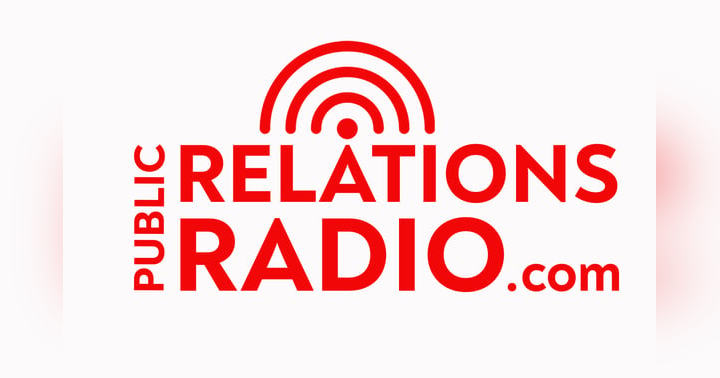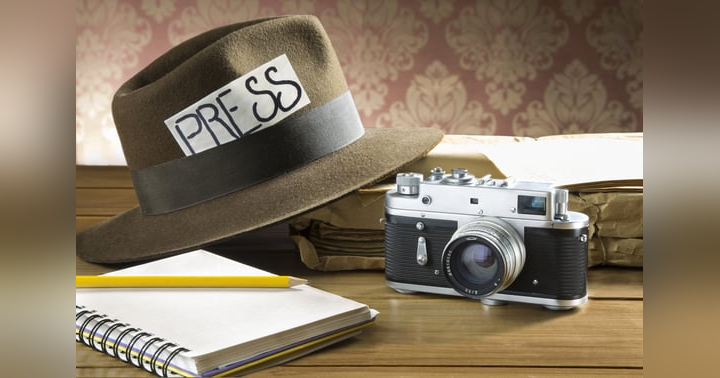The Truth About Media Training

Want to know the trouble with media training? Most sessions don’t prepare you to control your media engagements. They teach you how to dress and where to look when cameras are rolling, and they might even teach you to change the subject. But most fall short when it comes time to impact the outcome of the story.
Think about the last time you were part of a real television interview, live or taped. Were you nervous? Was it hard to remember your talking points? Did you worry about each question and whether you would have an answer? Did you want it to end? If you’re human, then you answered yes to each of these questions. And chances are, while you may have survived the experience, you likely didn’t feel in control of the process.
Journalists count on having the upper hand each time they conduct interviews and that’s why you practice. But you need to be sure you are practicing the right way, every time.
First, consider the situation. Why was the interview so tough? Was it because it was on the record with no opportunity to delete imperfect comments? The reporter was real. The camera was real. The questions were real. And you had no control over the situation. You answered questions. The reporter and the photographer left. And you waited to see what the journalist would do with your comments. Were you clear enough? Did the reporter truly understand what you were saying? Could you have done or said anything better?
Now, let’s think about the media training seminar you attended with an expert who brought video gear to your office and conducted mock interviews to help you nail your next on-camera experience. How well did that work for you? Did it lessen your angst or help you turn the story when the real reporter visited your office? Chances are good the training didn’t exactly deliver as promised. That’s because this kind of on-camera centered training is an exercise in playing pretend. It’s not that difficult to perform well in front of a camera while a consultant impersonates a reporter, asking you “tough” questions, “pressing” for honest answers.
But for all the time you spent staring into the camera’s eye getting ready for your next real media moment, it wasn’t truly time well spent, because there is absolutely no way to recreate the stress and anxiety that comes with doing an actual taped or live television interview. No amount of simulated recording sessions can prepare you for the true test – submitting to questions asked by a journalist who does not have your interests in mind. It’s impossible to create those feelings and that environment in a media training session because if you make a mistake nobody will ever see it.
There’s a Better Way
Rather than spend your limited time at a make-believe television tea party, rehearsing lines in a mock interview, insist that you be given the tools to learn how to control the entire interview process.
You should know how to find out what’s going on behind the scenes when the reporter calls asking for the interview, how to negotiate the terms of engagement, and how to command the entire process. Once together with a reporter, on the phone or in person, you’ll fare better if you know the most common interview tricks and how to determine what the reporter is thinking during the interview. The journalist is trying to exploit your weaknesses. Did you know that you can identify and engage the journalist’s weaknesses too? After the interview, the process does not need to be out of your hands. But do you know how to influence the story as it’s being written and edited, and ultimately aired? There’s a lot more to the interview process than simply practicing fake interviews.
Media interactions are mind games journalists think they have mastered. Contrary to the standard media training playbook that leaves most students believing that winning depends on how you sit or transition from a bad question to your talking point, real success rests on your ability to control the process, from the moment you get the interview request until long after the news crew has left your property.
Your next media trainer doesn’t need a bulky video camera or an expensive three-person crew to teach you how to control your media interactions. Instead, insist that your next consultant explain how they have successfully changed media narratives directing every stage of the interview process – so you can learn to do it too.
Robert Johnson is the Strategic Communications Officer at Riester Public Affairs in Washington, D.C. He is a battle tested crisis communicator who has engaged in live appearances discussing terrorism and transportation security with broadcast television legends like Sam Donaldson, Connie Chung, and Wolf Blitzer, among others. He has turned the tables on disastrous developing media narratives and won staring contests with giants like the Wall Street Journal and Time Magazine. He can be reached via email at rjohnson@riesterpublicaffairs.com or via phone at 202-421-8106.






